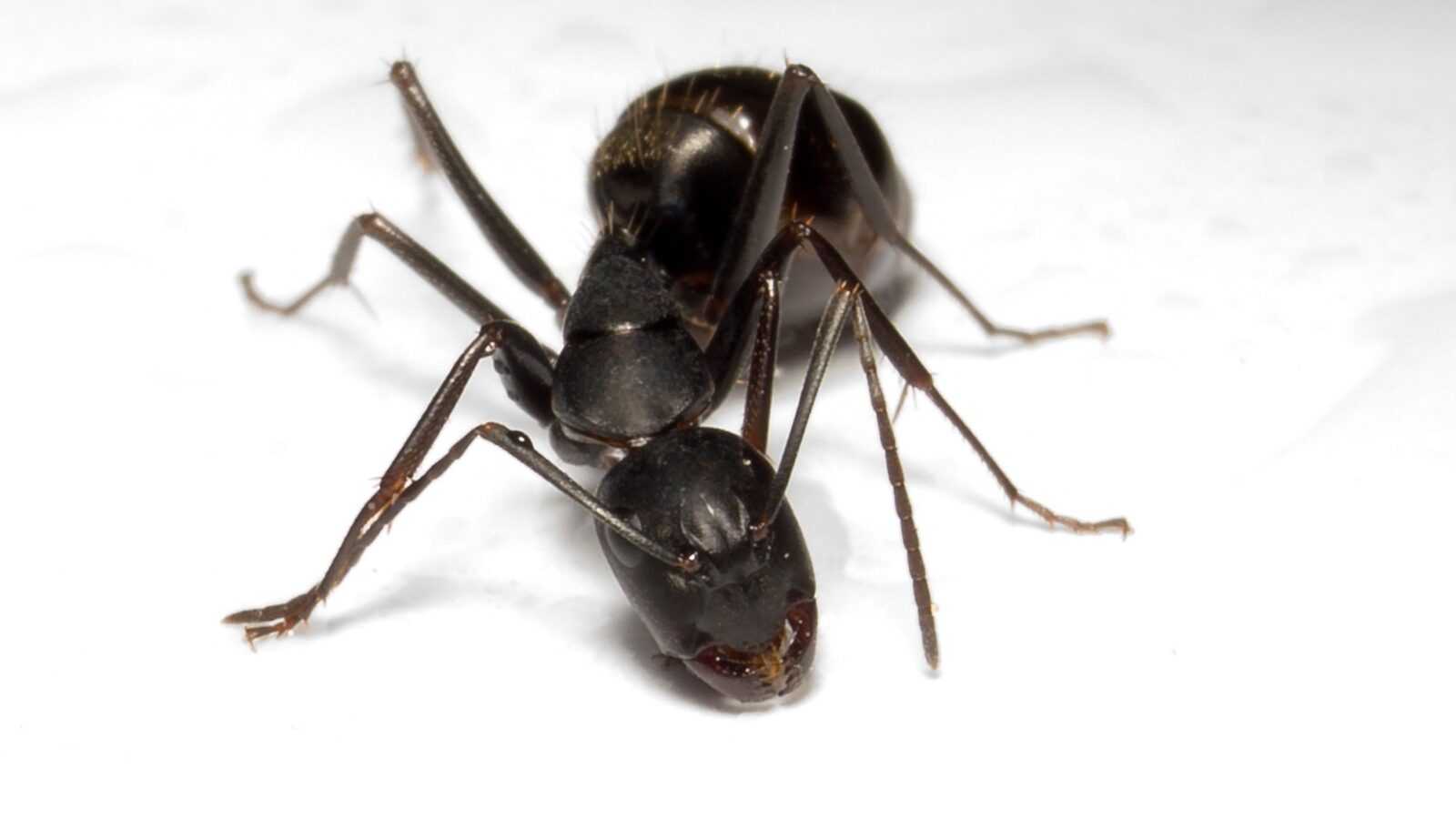Camponotus japonicus
Camponotus japonicus is a fascinating ant species known for its unique characteristics and behavior. This species exhibits monogyny, meaning that there is only one queen in each colony. With a colony size of up to 5000 workers, these ants are highly organized and efficient in their tasks.
Size
- Queen: The queen of Camponotus japonicus measures 15-18mm in length, making her larger than the workers and majors.
- Workers: Workers are typically 6-9mm in size and play a crucial role in foraging and maintaining the colony.
- Majors: The majors, measuring 9-14mm, are specialized workers with larger mandibles, tasked with defending the colony.
All members of this species have a striking black color, which adds to their unique appearance.
Nutrition
Camponotus japonicus has diverse nutritional needs. Their diet includes:
- Food insects such as cockroaches and crickets.
- Syrup made by mixing water and honey in a ratio of 4:1 or 3:1, providing a high-energy food source.
- Fruits and vegetables, which offer essential vitamins and minerals.
- Jelly, a soft and gelatinous substance that serves as a supplementary food source.
- Cooked chicken without salt, providing the necessary protein requirements.
It is important to provide a varied diet to ensure the well-being and health of the colony.
Arena Conditions
The ideal humidity and temperature conditions for Camponotus japonicus are as follows:
- Arena Humidity: Maintaining a humidity level of 40-60% in the arena promotes a comfortable environment for the ants.
- Nest Humidity: Within the nesting area, a slightly higher humidity level of 50-70% is recommended for optimum conditions.
- Arena Temperature: The temperature in the arena should be kept between 24-28 °C, ensuring a warm and suitable habitat.
- Nest Temperature: The temperature inside the nest should be slightly lower than the arena, ideally ranging from 20-24 °C.
Creating a controlled environment with appropriate temperature and humidity levels is vital for the well-being and reproductive success of Camponotus japonicus.
Species Features
As a black Camponotus species, Camponotus japonicus stands out with its distinctive appearance. These ants have a fast development rate, which is advantageous for breeding purposes. The ability of Camponotus japonicus to develop quickly allows for rapid colony growth and expansion, making them an intriguing species to observe and study.
Recommended Nests
For successful breeding and colony development, it is essential to provide suitable nests for Camponotus japonicus. The following types of nests are recommended:
- Acrylic nests: These nests offer great visibility and allow for easy observation of the colony’s activities.
- Cork nests: Nests made of high-quality cork provide a natural and comfortable habitat for the ants.
- Plaster nests: Plaster nests are durable and provide excellent insulation to maintain stable temperature and humidity levels.
- Aerated concrete nests: These nests are known for their durability and suitability for long-term ant keeping.
Choosing the right nest type is crucial in ensuring the well-being and successful development of Camponotus japonicus colonies.




















Reviews
There are no reviews yet.